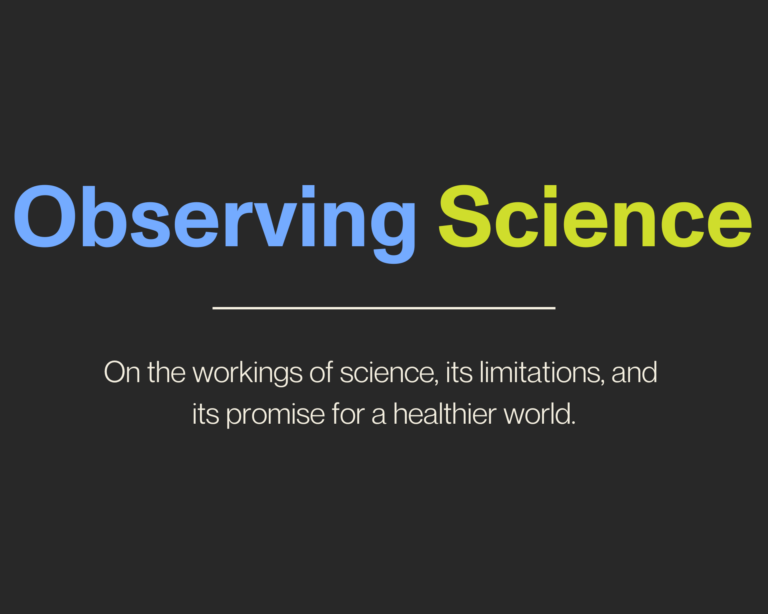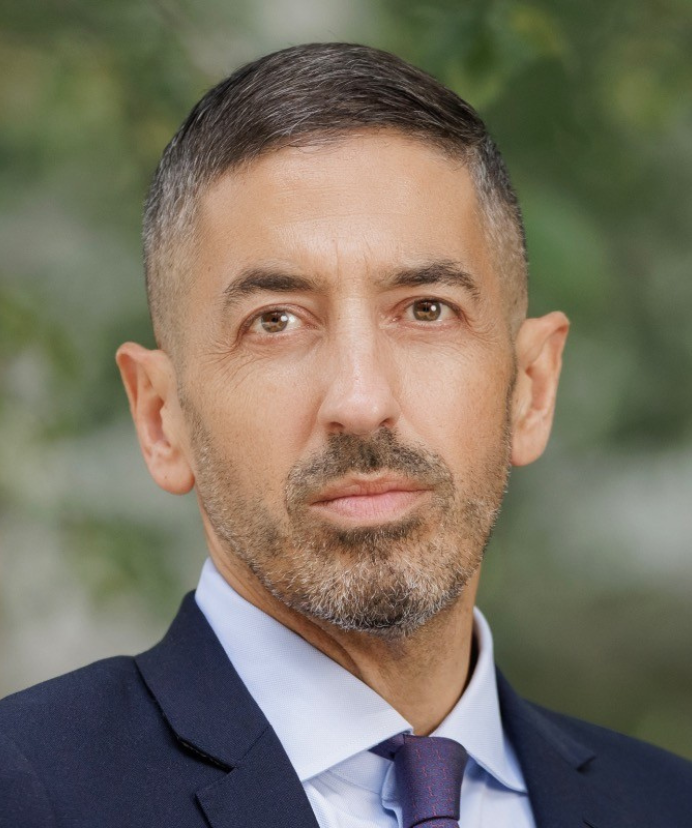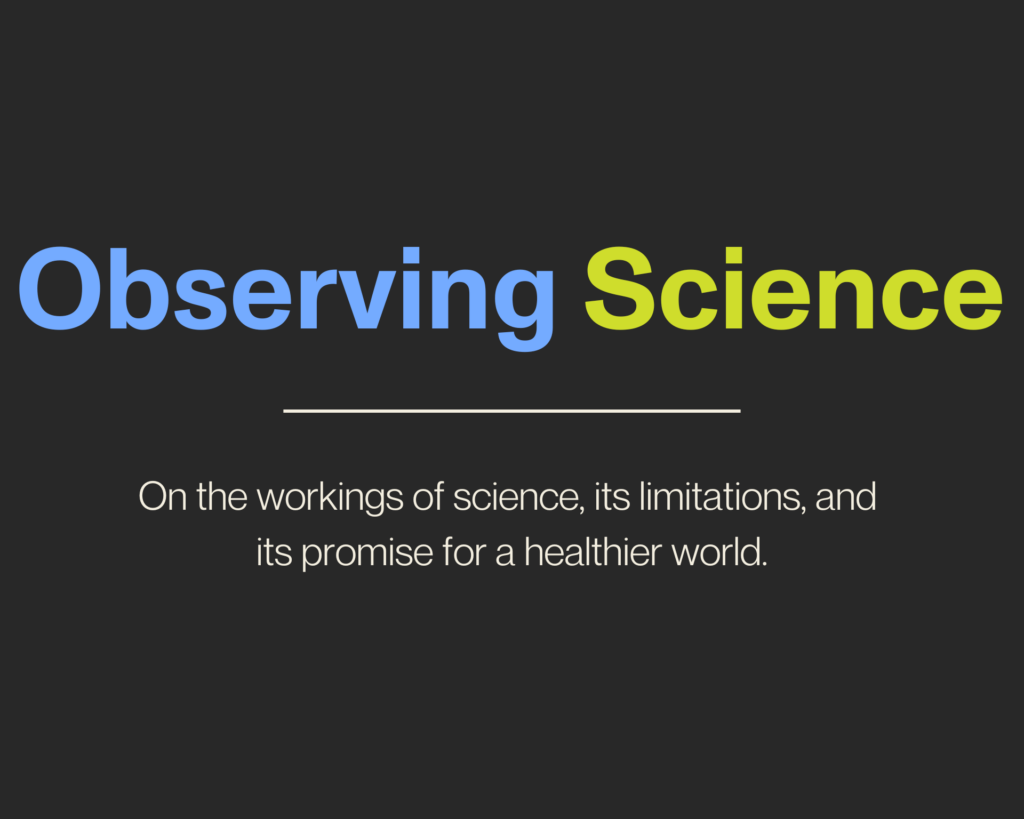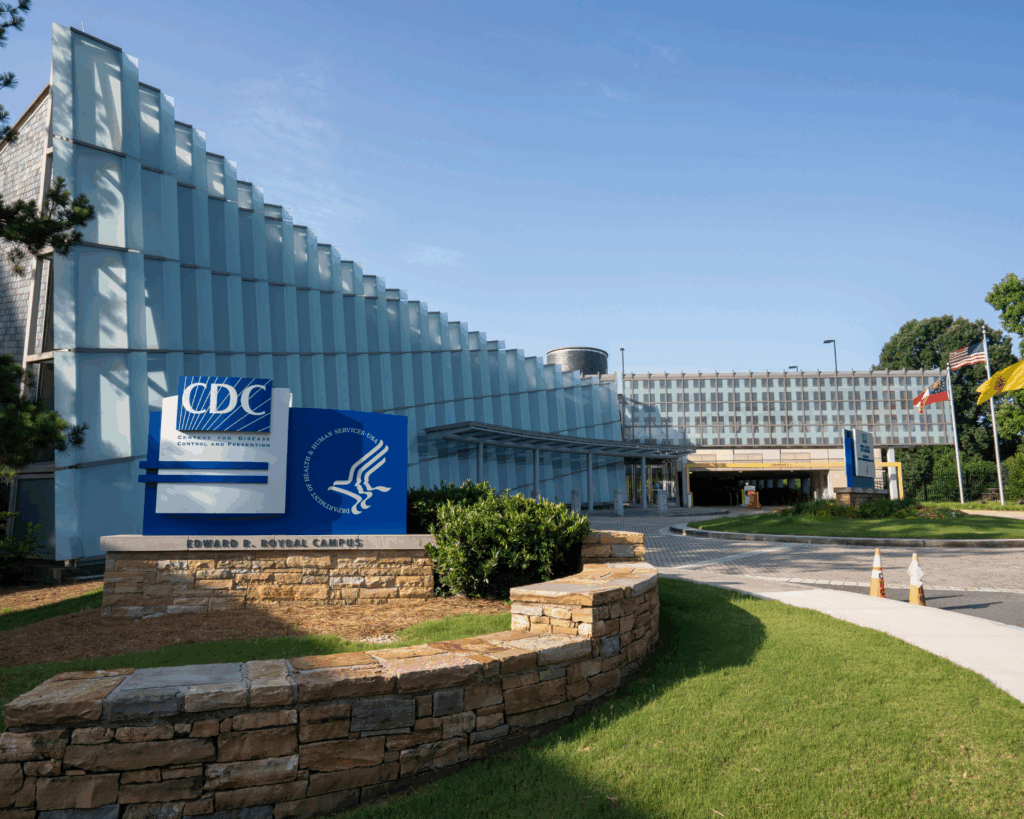On Teaching the Foundations of Science to Populations
What we now know about the complexity of disease causes and characteristics calls for greater care in how we teach science.

Read Time: 4 minutes
Published:
Biology is a core requirement of most American high school curricula. And part of the content of high school biology classes are units about genetics. Students learn about Gregor Mendel and the peas, about the double helix and how understanding DNA revolutionized science, and how specific genetic variants become readily visible phenotypes. Generations of Americans leave high school—where most will have their last formal learning about science of any kind—with at least a vague sense that genes inform aspects of who we are, and, as a corollary, that changing genes may change who we are.
That, of course, creates a capacious social space for funding advances in genetics—both in the private and the public sectors. For example, the U.S. spent about $3 billion on the Human Genome Project. Today in the U.S., projections suggest gene therapy will be a roughly $20.4 billion business. And yet, the jury is still very much out about whether this wholesale rush into genetics—using one’s idiosyncratic inheritance to identify personal risk and opportunities for treatment—as the fundamental approach we may want to take to improve our health is well worth it. Several skeptical takes on the success of precision medicine note, correctly, the paucity of tangible health improvement that has resulted from this agenda, and, similarly, the gene-identification business has led mostly to equivocal and not terribly useful identification of genes for the end of actually improving health. And yet, spending in the area continues largely unchecked, fueled, we would argue, by a receptive public and legislators, all of whom remember being taught that genes matter, and that therefore, surely, it must be a good thing to invest in genetic work.
What we now know about the complexity of disease causes and characteristics calls for greater care in how we teach science.
But is it? At some level of course, it is. There is no question that the genomic revolution was critical to advancing biological understanding. But there are plenty of other approaches to improving human health that languish at the expense of headlong spending on a genetic approach. All sophisticated life scientists recognize that genes are just part of the picture of health. The pathway from gene to phenotype (healthy or unhealthy) is long, and involves translation of the gene, the development of proteins that ultimately direct cell functions, influenced as they are by their cellular milieu, and all of this is influenced by the full range of factors that individuals come in contact with, from our behaviors (e.g., smoking, drinking alcohol), to our stressors, to the conditions of the air we breathe, the temperature we experience, and the full set of policies that influence all of this. And yet, biomedical research, supported by our collective understanding that genes matter, funds genetics-based work disproportionately, at the expense of these other areas.
We see this view of genes as the dominant driver of an individual’s probability of disease as a fundamental challenge for how we teach science to populations. People see only a very narrow deterministic and genome-centric view of the production of human health and disease, and, as such, there is little of the normal societal push and pull that colors other public sector (and private sector) decisions, because “everyone” knows that the genetics field matters. Holding firm to this paradigm highlights why the public’s perception of science matters as much as it does, and why a particular lens on science that colors learning in high school can have such implications for decades of progress for all of us.
What we now know about the complexity of disease causes and characteristics calls for greater care in how we teach science, in ensuring that we present a balanced view of the world in our foundational teaching. This is not easy, and far from where we are today in teaching science. But of course, the first step in addressing complex problems is recognizing them.
Previously in Observing Science: Bias




